Sway control is a vital component of a secure camping experience, particularly when towing a camper. It's important for campers, whether beginners or experienced, to understand the importance of managing sway. Sway, the lateral movement of a trailer, can result from various factors like wind gusts, uneven road surfaces, or improperly distributed loads. This movement not only complicates driving but also poses significant safety risks. Effective sway control involves a combination of proper loading, driving techniques, and using the right equipment. Get crucial insights on sway bars for camper and understand how a well-balanced load and a robust sway control system are critical for a smooth, stable, and safe journey.
Blue Ox: Your Partner in Sway Control Solutions
Blue Ox Tow Bars offers various solutions for those seeking dependable sway control for their campers. The Blue Ox BXW4009 SwayPro Spring Bars - Pair - 750 Lbs are designed for larger campers, providing excellent stability and reducing the risk of sway. The Blue Ox BXW4005 SwayPro Spring Bars - Pair - 550 Lbs for lighter campers offer the same high-quality sway control. Blue Ox's products are known for their durability and effectiveness, ensuring a safer and more enjoyable camping experience.
Types of Sway Control Devices
To combat trailer sway and enhance towing stability, various sway control devices are available on the market. These devices work by resisting or dampening the forces that cause trailer sway. Two common types of sway control devices are sway bars and weight distribution hitches.
Sway bars, such as the Blue Ox BXW4009 SwayPro Spring Bars - Pair - 750 Lbs and Blue Ox BXW4005 SwayPro Spring Bars - Pair - 550 Lbs, are designed to counteract the forces that initiate trailer sway. They use torsion to provide resistance against lateral movement, helping to maintain a stable towing setup. Sway bars are attached between the towing vehicle and the trailer, and their effectiveness depends on the correct installation and appropriate sizing.
While primarily designed to distribute weight evenly to the front axle of the towing vehicle, weight distribution hitches also provide sway control benefits. These hitches include integrated sway control mechanisms that help counteract sway forces. When correctly set up, weight distribution hitches contribute to a more balanced and stable towing experience.
Both sway bars and weight distribution hitches have their advantages and considerations, and the choice between them depends on the camper's specific towing setup and preferences. Properly selecting and installing the right sway control device can significantly reduce the risk of trailer sway and enhance safety during towing.
Benefits of Sway Control Systems
Sway control systems offer numerous benefits, making them a valuable addition to any towing setup, particularly for campers and trailer owners. Understanding these advantages can help you appreciate the importance of incorporating sway control into your towing routine.
First and foremost, sway control systems enhance towing stability and safety. By actively resisting and dampening trailer sway, these systems prevent the onset of fishtailing, which can lead to accidents or loss of control. This increased stability makes your towing experience smoother and more predictable, even in adverse conditions like gusty winds or uneven road surfaces.
Improved control and reduced sway also lead to enhanced towing comfort. Passengers in the towing vehicle will experience less rocking and swaying, contributing to a more pleasant and less fatiguing journey. This benefit is significant on long trips where driver and passenger comfort is a top priority.
Sway control systems can help maintain better tire wear and reduce the risk of tire blowouts. When a trailer sways excessively, it places uneven stress on the tires, potentially leading to premature wear or failure. By preventing sway, these systems help ensure that your tires wear evenly and last longer, reducing maintenance costs and the risk of roadside emergencies.
Additionally, sway control systems contribute to safer and more confident towing, which is especially important for novice campers and trailer owners. These systems' added stability and predictability can boost towing confidence, making it easier for newcomers to handle their vehicles and trailers in various driving conditions.
Installation and Proper Usage
Proper installation and usage are essential to enjoy the benefits of sway control systems fully. Improper installation can compromise their effectiveness and even lead to towing issues. Here are some essential installation and usage considerations:
Follow the manufacturer's installation instructions meticulously. Each sway control system may have specific requirements and guidelines for correct setup. Failure to follow these instructions can result in reduced sway control and increased risk of trailer sway.
Ensure the sway control system is appropriately sized and compatible with your towing setup. Sway bars and weight distribution hitches come in different sizes and weight ratings. Select a system that matches your trailer's weight and the towing vehicle's specifications.
Regularly inspect the sway control system for wear, damage, or loose connections. Components such as sway bar arms, brackets, and fasteners should be in good condition and properly secured. Lubricate moving parts as recommended by the manufacturer to maintain smooth operation.
Be mindful of weight distribution and load balance in your trailer. Appropriately distribute the weight within the trailer and secure cargo to prevent excessive tongue weight or uneven loading, which can affect sway control.
Practice safe and attentive driving techniques, especially in challenging conditions or when towing heavy loads. Avoid sudden steering inputs, abrupt lane changes, and excessive speed, as these actions can trigger sway. Maintain a safe following distance and be aware of wind conditions.
Sway Control Tips for Safe Towing
First and foremost, prioritize proper weight distribution within your trailer. Uneven weight distribution can lead to trailer sway, so ensure your cargo is evenly distributed and secured. Ensure that heavier items are placed low and toward the front of the trailer to maintain a balanced load. Proper weight distribution contributes significantly to sway control. Tongue weight can also play a large roll in sway.
Be mindful of your driving style, especially when towing a camper or trailer equipped with sway control systems. Avoid sudden or aggressive steering maneuvers, as these actions can exacerbate sway. Make gradual turns, and maintain a consistent and moderate speed. Sudden lane changes or abrupt steering inputs should be avoided to prevent unwanted sway.
Maintaining a safe following distance is crucial when towing. The added weight of the trailer increases the time it takes to come to a complete stop. Keep a sufficient distance between your towing vehicle and the vehicles in front of you to avoid rear-end collisions. Doubling the following distance you would typically maintain without a trailer is a good rule of thumb.
In windy conditions, exercise caution and adjust your driving accordingly. Crosswinds can influence trailer sway, so reduce your speed and stay alert. If you encounter gusty winds, consider pulling over and waiting for conditions to improve, especially if the wind poses a significant risk to your stability.
Choose Blue Ox for Enhanced Camping Safety
Look no further than Blue Ox Tow Bars for your camping sway control needs. Our product range, including the Blue Ox BXW4009 and BXW4005 SwayPro Spring Bars, caters to various camper sizes and weights. We are committed to providing top-quality sway bars for campers to ensure your camping trips are secure and enjoyable. Visit Blue Ox Tow Bars for expert advice and reliable products, and set off on your camping adventures with the assurance of safety and stability.

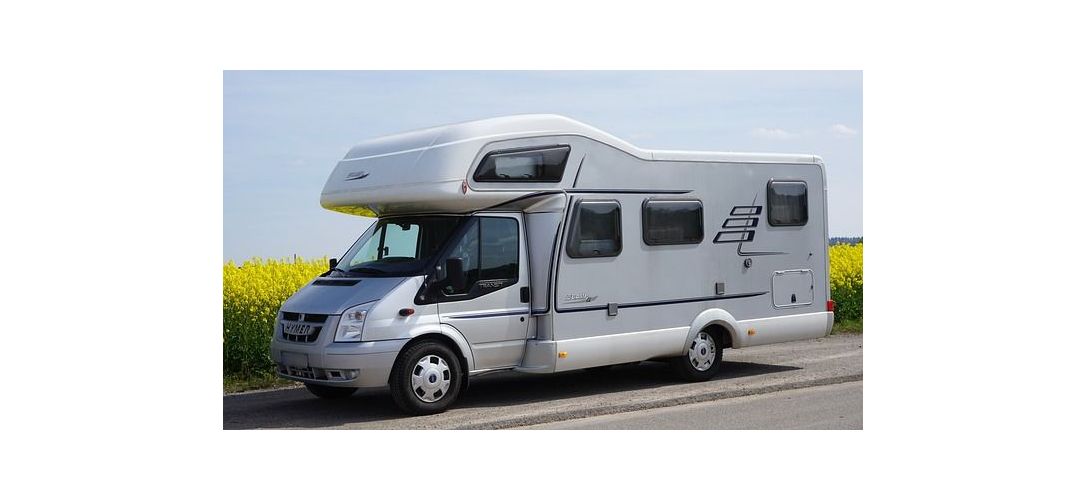

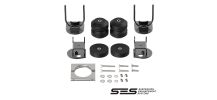
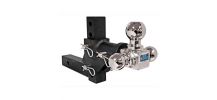
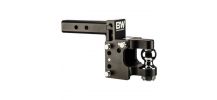
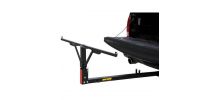
 Rigid Hitch Inc.
Rigid Hitch Inc.
